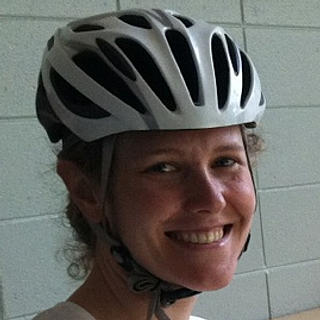Organoids: Model for Sustained Compression Injury
- PANTHER
- Dec 13, 2022
- 2 min read
An in vitro model of sustained compressive neuronal injury and neuroinflammation in which we compress cortical neurospheroids via centrifugation.
PANTHER Postdoc Rafael Gonzalez Cruz presented a poster at the Annual Meeting of the Society for Neuroscience in San Diego

Neurodegeneration and Neuroinflammation in Cortical Neurospheroids Subjected to Centrifugation-induced Compressive Injury
*R. D. GONZALEZ-CRUZ1, Y. WAN2, D. ALAM EL DIN1, W. K. RENKEN1, D. CALVAO3, C. FRANCK5, H. KESARI2, D. HOFFMAN-KIM1,3,4; 1Department of Neuroscience, Brown University; 2School of Engineering, 3Center for Biomedical Engineering, Brown University; 4Carney Institute for Brain Science, Providence, RI; 5Department of Mechanical Engineering, University of Wisconsin-Madison
Disclosures: None
Sustained compressive injury to the brain typically occurs after head injuries that generate damaging intracranial pressures such as those caused by intracranial hemorrhages, tissue swelling, or a heavy object crushing the brain. Most compressive brain injury cellular models have looked at the effects of compressive tissue damage in the context of traumatic brain injury, which is triggered by tissue deformations happening over very short time spans. However, few in vivo and in vitro studies have examined the effects of sustained compressive injury on neuronal cell death, neurodegeneration, and neuroinflammation. Here, we present an in vitro model of sustained compressive neuronal injury and neuroinflammation in which we compress cortical neurospheroids via centrifugation. Spheroids were made from isolated, neonatal rat cortical cells that were seeded at 4000 cells/spheroid and incubated for 14 days in vitro. A subset of spheroids was centrifuged once at angular velocities of 0, 209, or 419 rad/s for 2 minutes using a cell culture-grade centrifuge. Using finite element modeling, we found that spheroids centrifuged at 209 and 419 rad/s experienced compressive strains of 10% and 19%, respectively. We also examined cellular injury post-centrifugation in living control and injured spheroids via LIVE-DEAD assay and Hoechst 33342 nuclear staining. Neuronal degeneration and astrogliosis were assessed via confocal imaging of β3-tubulin and glial fibrillary acidic protein (GFAP) immunostaining at 0, 2, 8, and 24 hours post-centrifugation injury. Microglia activation was assessed via confocal imaging of Iba1 immunostaining in a subset of fixed spheroids at 1, 3, 5, and 7 days post-injury. Centrifuged spheroids exhibited higher DNA damage than control spheroids 24 hours post-injury experiments (p < 0.05). Qualitative assessment of β3-tubulin networks showed increasing degradation of microtubules over time with increasing angular velocity. Immunostaining of GFAP and Iba1 in both control and injured spheroids showed increased astrocyte reactivity and microglial activation in injured spheroids (p < 0.05). However, we noticed astrocyte reactivity occurred within the first 24 hours post-injury while microglia activation was observed at later time points. Our findings show that neuronal injury and reactive gliosis can occur as a result of sustained compressive tissue strains. This experimental compressive injury model provides an in vitro platform to examine injury and inflammatory cellular thresholds to gain insights into injury mechanisms that could be targeted with therapeutic strategies.





Comments